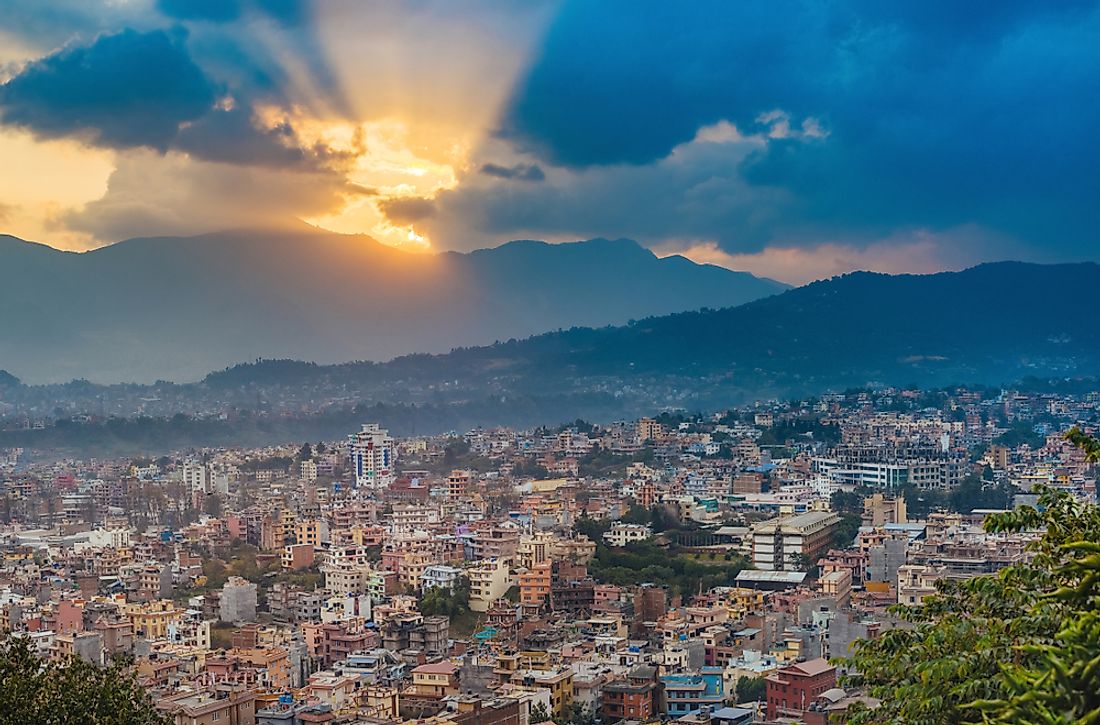Where Is The Headquarters Of SAARC Located?

SAARC is an intergovernmental entity whose members come from the geopolitical region of South Asia. In full, the abbreviation stands for South Asian Association for Regional Cooperation. The members of SAARC are Sri Lanka, Pakistan, the Maldives, Nepal, India, Bhutan, Bangladesh, and Afghanistan. These countries founded the organization on December 8, 1985, in Dhaka, the capital of Bangladesh. SAARC member states account for 21% of the global population, 3.8% of the world’s economy according to 2015 data, and 3% of the world’s area. Australia, China, Iran, Japan, Mauritius, Myanmar, South Korea, the United States, and the European Union are the only SAARC observer bodies. In addition, Myanmar applied to join SAARC membership while Russia, Turkey, and South Africa have applied for observer status.
Headquarters of SAARC
The headquarters of this geopolitical union is in Kathmandu, the capital of the Federal Democratic Republic of Nepal. Kathmandu began hosting SAARC on January 16, 1987. Various regional centers within the member countries support the work of the Kathmandu secretariat. In Bangladesh, such centers include SAARC Agricultural Centre (SAC) and SAARC Meteorological Research Centre (SMRC) that deal with agricultural development and meteorological research respectively. Bhutan hosts SAARC Development Fund (SDF) and SAARC Forestry Centre (SFC). SDF is a development fund kitty whereas SFC handles forestry research and management. SAARC Disaster Management Centre (SDMC) and SAARC Documentation Centre (SDC) are in India and they help in times of emergency response and regional documentation of people and other resources respectively. Nepal’s SAARC Tuberculosis and HIV/AIDS Centre (STAC) and SAARC Information Centre (SIC) also help the region achieve their respective mandates. Pakistan hosts SAARC Human Resources Development Centre (SHRDC) and SAARC Energy Centre (SEC) whereas Sri Lanka and the Maldives host SAARC Cultural Centre (SCC) and SAARC Coastal Zone Management Centre (SCZMC) respectively. Each of these centers has a governing board whose members represent the member states, host country’s Foreign Ministry, and the SAARC Secretary-General.
SAARC also has six apex bodies and seventeen other smaller bodies. The apex bodies are South Asia Foundation (SAF), South Asian Association for Regional Cooperation (SAARCLAW), SAARC Chamber of Commerce & Industry (SCCI), South Asia Initiative to End Violence Against Children (SAIEVAC), South Asian Federation of Accountants (SAFA), and Foundation of SAARC Writers and Literature (FOSWAL).
Goals, Objectives, and Principles of SAARC
All the members of SAARC have cultural, geographical, and historical linkages; thus, they share similar challenges. Some of the challenges are, however, unique to member states, thus the need for principles and objectives to govern interaction. Such unique challenges include threats of terrorism and conflicts.
Principles
SAARC’s cooperation follows the principle of political independence, mutual benefit, sovereign equality, territorial integrity, and non-interference in the internal issues of states. According to the Charter, these principles do not substitute but complement bilateral and multilateral interaction. Deliberations normally exclude issues that are bilateral and contentious, also, SAARC makes all decisions based on unanimity.
Goals and Objectives
The SAARC Charter commits to promote the well-being of all the South Asian people and improve their quality of life. The other objective is to fasten economic, cultural, and social development to give everybody an opportunity to lead lives full of dignity and achieve their potentials. The SAARC aims at promoting and strengthening cooperative self-reliance among the members as well as to enhance to mutual trust, appreciation, and understanding of each other’s problems. The organization also aims at promoting mutual assistance, strengthening collaboration with other developing nations, speaking in a unified voice in international forums on shared interests, and partnering with other regional bodies with shared goals.
Institutional Structure
Summit: The SAARC Summit is the highest decision-making organ of the organization and is made up of Heads of States or Governments of the member states.
Council of Ministers: Below the Summit is the Council of Ministers. This council consists of Foreign Ministers of each member states and they formulate policies, track progress, and initiate new areas of cooperation. They meet twice a year, or during an agreed extraordinary session.
Standing Committee: This committee comprises of Foreign Secretaries of each member states. Reporting to the Council of Ministers, this committee ensures finance availability, monitors, and coordinates all programs. They also prioritize programs and mobilizes resources. This committee meets at least twice a year and often when necessary.
Programming Committee: This committee has senior government officials who normally meet just before the Standing Committee meets. Programming Committee evaluates the secretariat budget, monitors calendar activities, and performs tasks which the standing committee assigns.
Technical Committees: Technical Committees have representatives from each country. Each of the committees come up with and plan for programmes and projects thereafter monitoring their implementation.
Action Committees: The Action Committees do the day to day project implementation under the supervision of the technical committees.







